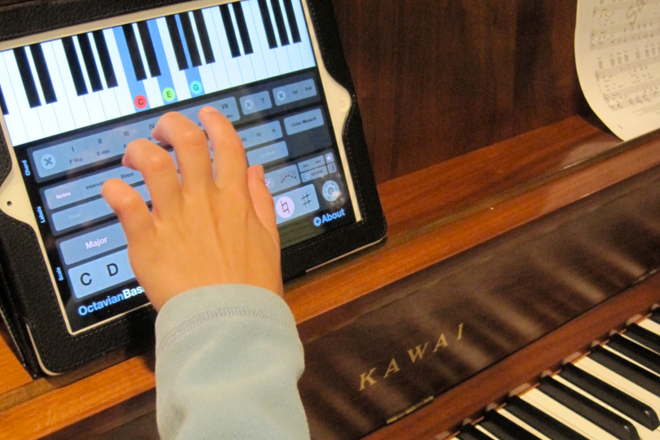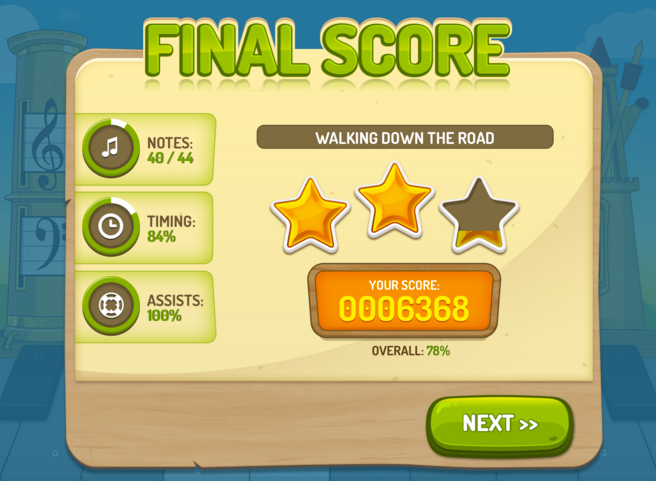Piano Casters: A Full Inspection
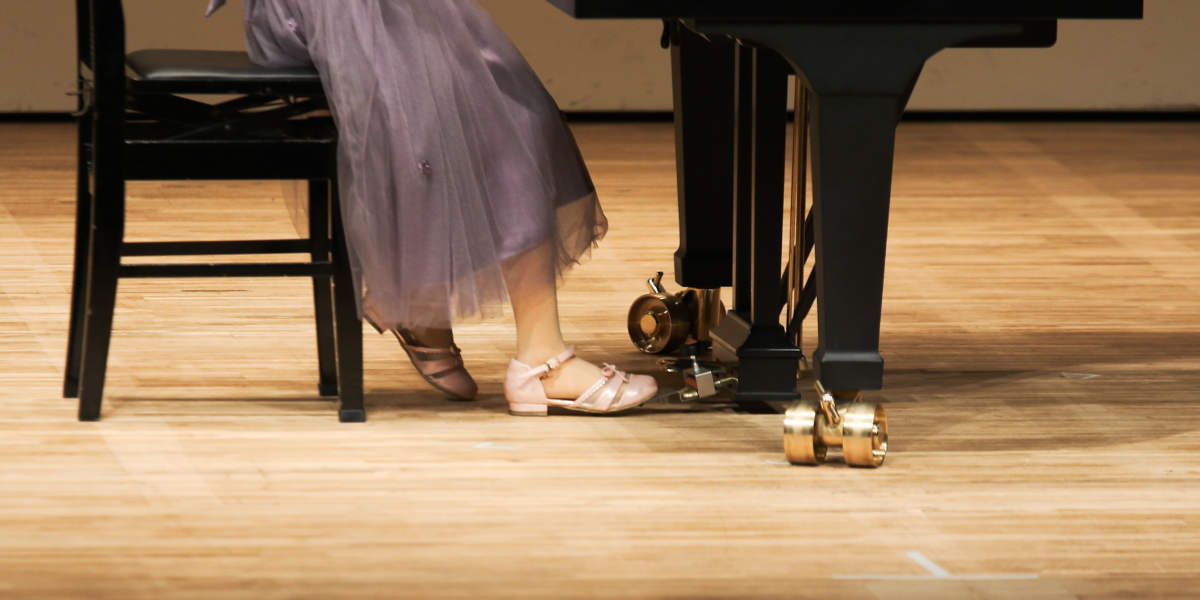
Find out what piano casters are, why you need them, and when and how to replace them.
When you buy a used upright or a grand piano, you usually take stock of the piano sound, its size, the pedals, and maybe even the color.
You may not think to check below the piano frame to see the condition of the piano casters. However, these small wheels can play a surprisingly significant role.
What are piano casters?
Piano casters are those insignificant-looking wheels at the base of your piano’s legs. They are much easier to identify on a grand piano than on an upright.
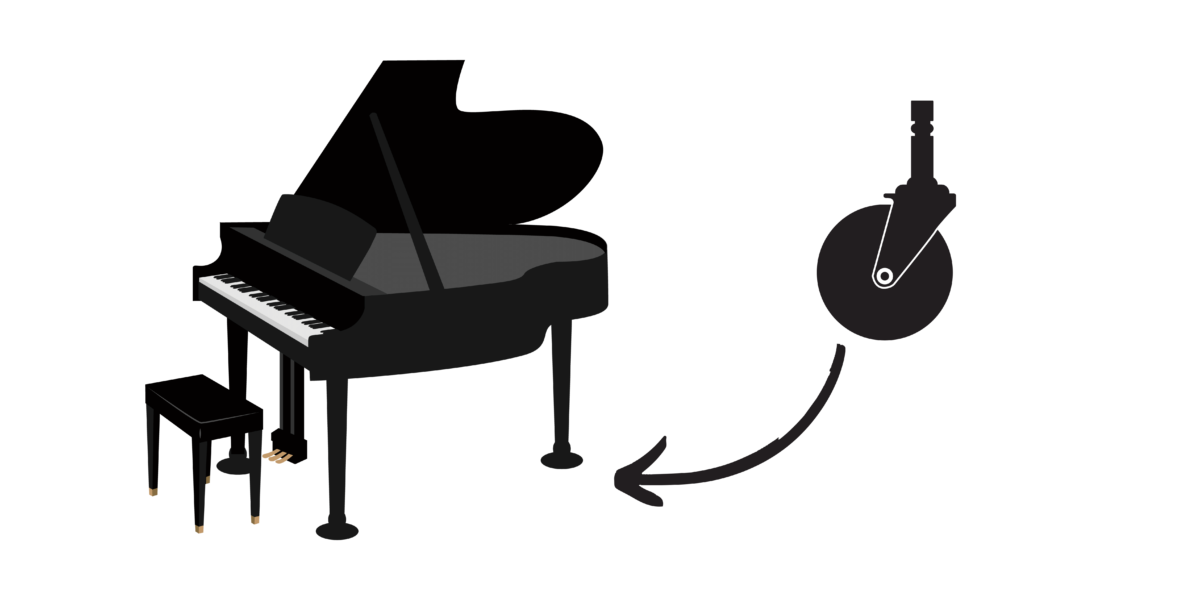
This is because the grand piano sits up on legs, and the upright’s hulky box frame tends to cover up those tiny wheels.
At first glance, it may seem that piano casters don’t matter, but they play a significant role in the structure of your piano.
Why do you need them on your piano?
Pianos can weigh from 300 to 1,000 pounds. Casters can support the weight of your piano, keep it level, and out some space between your instrument and the floor.
Just think if your upright or spinet sat directly on the floor, and you wanted to move it. It’s hard to find a tool that could get under that weight without turning your beloved instrument into firewood!
Casters are also perfect for adjusting your piano in its corner. However, you shouldn’t rely on casters to move a piano to the other side of your home. This could result in a broken piano leg.
The different types of replacement piano casters.
It’s easy to assume that when you’ve met one piano wheel caster, you’ve met them all. However, just like cars and bicycles have different sizes, styles, and treads, there are also many styles of piano casters.
The two major caster categories are rigid and swivel.
Rigid casters
Just like it sounds, rigid wheels are in a fixed position. You can only adjust your piano’s position either forward or backward. Moving it to the side is going to be a more difficult task.
Rigid casters are one piece of material, so the construction is solid. However, you get limited mobility with this type of piano wheel.
Swivel casters
Swivel casters can rotate 360 degrees, just like shopping cart wheels. This type of caster is flexible. You can adjust your piano’s position much easier with a swivel caster.
Caster mount types
You can mount piano casters in either stem or plate mounts.
Stem-mounted casters
Stem-mounted casters are the most common type of mounts for casters. This wheel has a stem that fits snugly into a piano leg socket. The overall effect is more aesthetically pleasing than plate mounts.
Swivel casters usually are stem-mounted. You can find stem mounts on spinnet pianos, uprights, and grand pianos.
Plate-mounted casters
Plate-mounted casters fit onto the bottom of the piano leg. You simply screw them into the foot. This caster is mostly for upright pianos where the wheels are not as noticeable. Although they get the job done, they are not as practical as swivel, stem-mounted piano wheels.
Leg dollies
For grand pianos, leg dollies are an excellent caster choice. The wheel is three small swivel wheels per leg. You may see this wheel type on grand pianos in concert halls or universities where the instruments frequently need to be moved on and off stage.
Caster styles and materials.
Many pianos come with simple metal casters. However, there are other styles and colors if you want to make a change.
Some of the most common materials for replacement casters are rubber and brass.
Rubber casters
Rubber wheels may not be beautiful, but they do the best job of protecting your floor from scratches and dings. On an upright piano, the casters aren’t very noticeable. Protecting your floor may be a bigger priority than how shiny your piano wheels are.
Brass casters
If you are detail-oriented, brass casters are the prettier option. These wheels are sleek and shiny. The downside is that they can scuff floors and show rust spots over time.
When should you replace your piano wheels?
When casters start to rust, deform, or scratch up your floor, it may be time to invest in new ones. You can protect your floors and instrument by replacing old casters with new hardware and wheels.
Your music colleagues may tell you to “break a leg” before you perform on stage, but you don’t want your piano to break its leg from an old, weak caster. Much better to replace it in time!
If you need to replace your casters, there’s no need to ‘reinvent the wheel.’ You should replace your casters with wheels as close as possible to those currently on your piano.
When you use the same size wheels, your piano stays at the appropriate height. Similar casters should also be easy to install with less risk of invasive changes that could compromise your piano’s structure.
To get the right caster for your piano, choose a plate or stem-mount, and take the measurements of your casters.
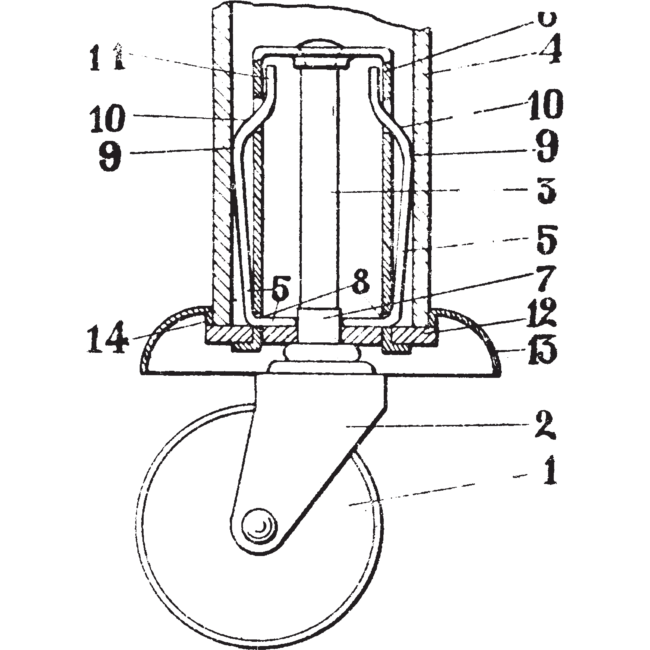
How to replace a caster.
Once you find the right casters for your grand piano or upright, it’s time to set the wheels in motion for a replacement job.
This is not a DIY project. So, call in some skilled friends, or ask for professional help. Pianos are heavy! You don’t want to break your piano (or back).
Once you call in your crew, here are the steps to follow.
Use a piano tilter or piano jack
If you have an upright piano, you need to either lay the piano on its back or tilt it. If you do lay it on its back, make sure you set wooden blocks under it. This gap between the instrument and floor lets you get the piano back in an upright position when you finish.
However, a piano tilter makes your job less intense and is also easier on the instrument. The tilter slips under your pianos frame and lifts it like a dolly. It holds the piano frame in place while you change out those wheels.
For a grand piano, use a piano jack to raise the instrument. Take off one leg and replace the wheel. Then, reinstall the leg before you move on to the next one.
Remove the wheels
Once you prop up your instrument securely, it’s time to remove the wheels. Unscrew the caster from the base of the piano leg. The old hardware may be brittle. Work carefully, so you don’t leave old hardware pieces inside the leg. Clean the area with a brush.
Now, you are ready to install your new wheels. For a stem caster, make sure the stem fits the hole exactly. The wheel may tilt or break under the piano weight if it’s loose. If you are using plate casters, you may need to drill new holes for the caster to stay securely in place.
Add caster cups
As you lift and tilt your piano to replace the wheels, take a few extra minutes to add caster cups, as well. Caster cups are usually wood or rubber. They are inexpensive and can protect your floor from dinting under the weight of your piano. Caster cups can also keep your piano securely in place. You don’t want it to move around when you practice those intense Beethoven pieces.
If it’s not baroque–don’t fix it. Play the piano, instead.
When you invest in an old piano, you preserve a piece of history. As you fix and tune your instrument, don’t forget to check the condition of the piano casters. Making sure your piano is stable, and level is important when you learn to play the piano.
To get real-time feedback as you work up to Beethoven and Bach, try out a one-week trial of the Simply Piano app. This app can teach you the basics and walk you through intermediate pieces. It’s fun, it’s easy, and for one week, it’s free!
Learning the piano is a gift that keeps on giving.







